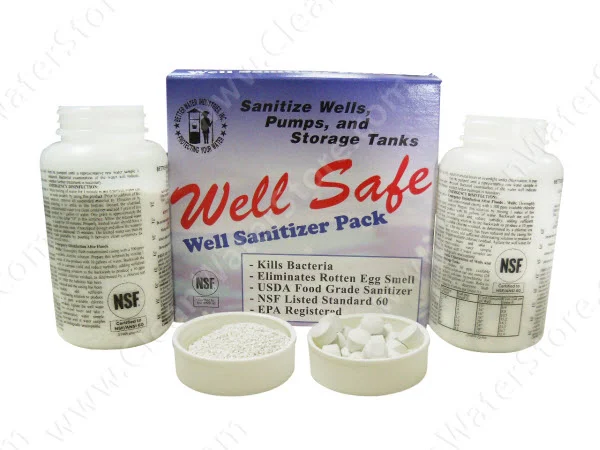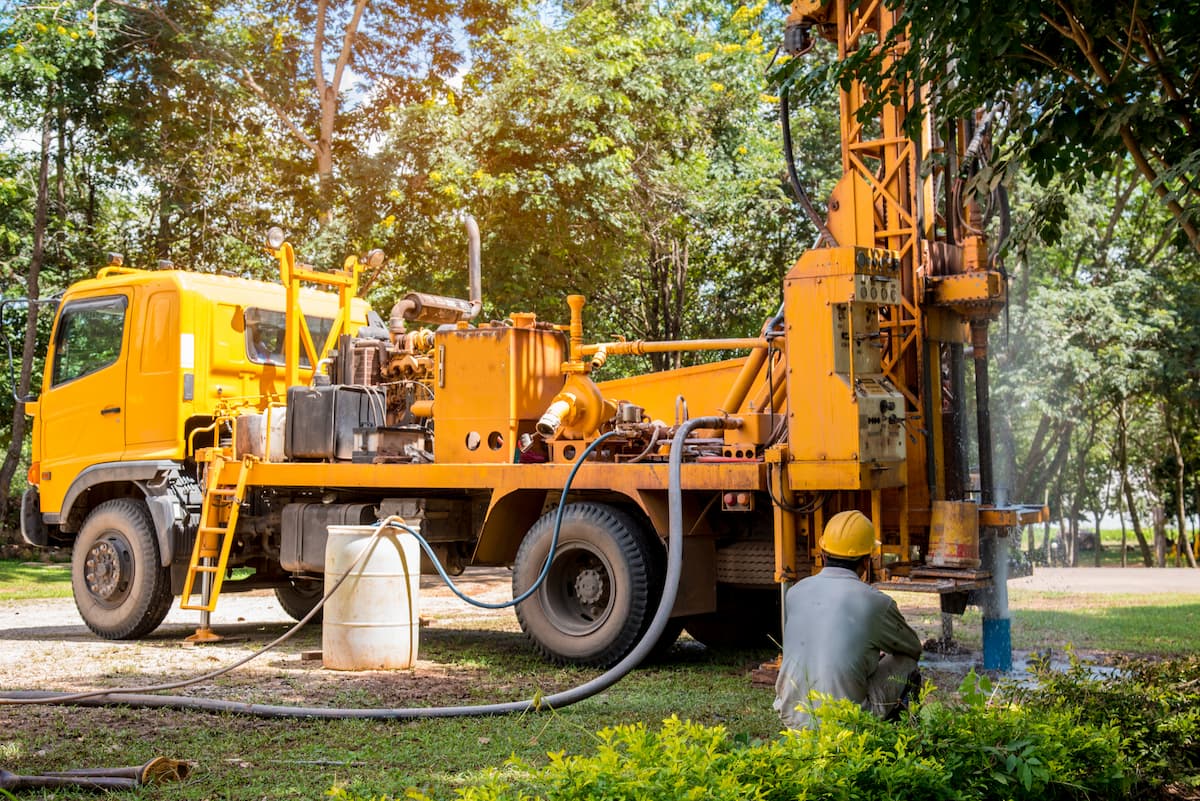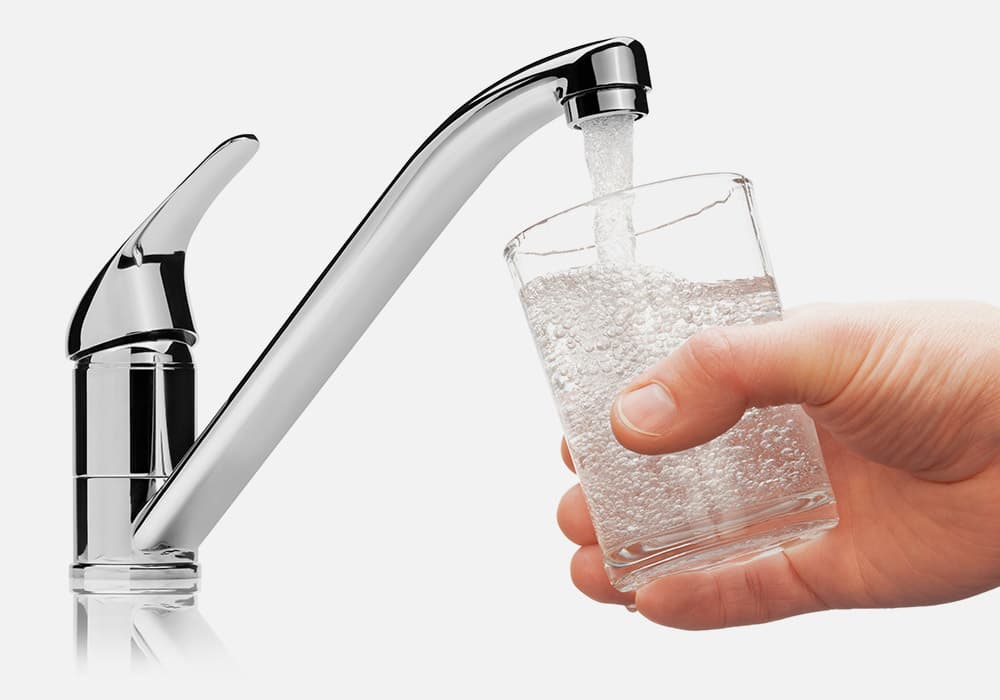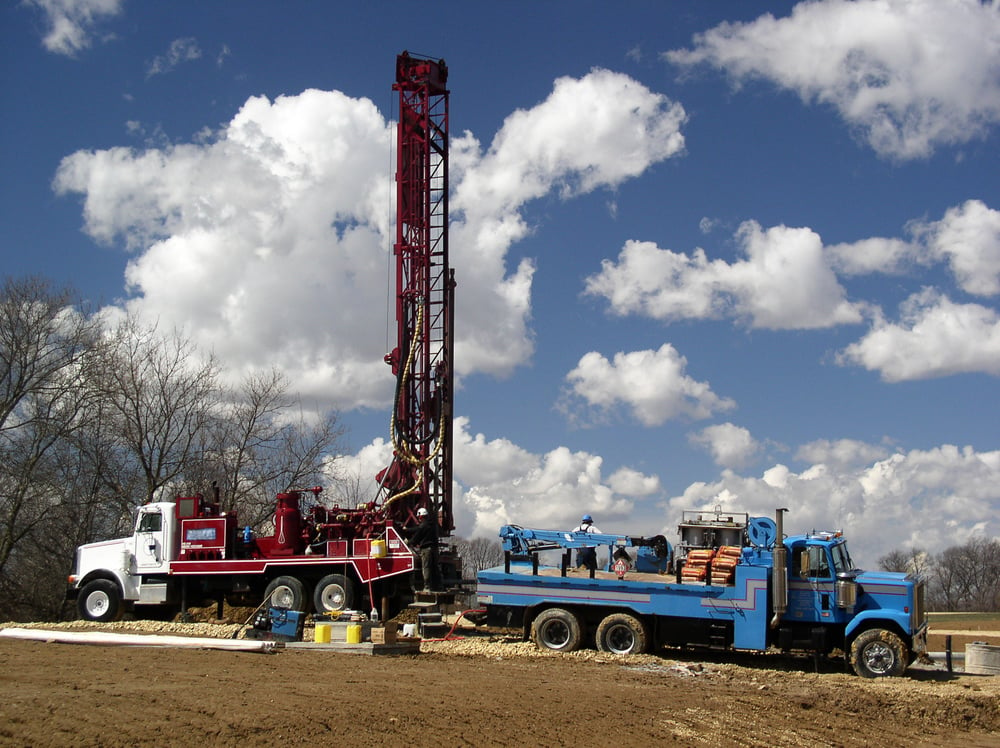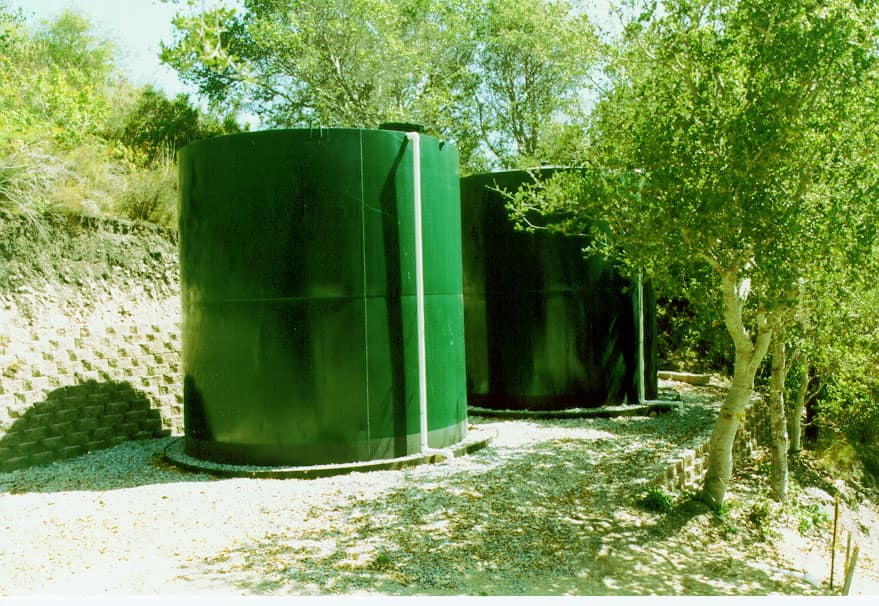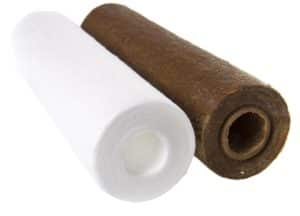How to Troubleshoot Low Water Pressure On Well Water Systems
Podcast: Play in new window | Download
Subscribe: RSS
Episode 15. How to Troubleshoot Low Water Pressure On Well Water Systems
Read or Listen to See How to Troubleshoot Low Water Pressure On Well Water.
Today’s episode is about troubleshooting low water pressure on well water for homes and small businesses.
Do you have plenty of water but experience low water pressure? This is a common problem.
I put together a Checklist and quick Troubleshooting guide called “How to Troubleshoot Low Water Pressure On Well Water.” This free guide includes pictures, checklists, and things to look for to troubleshoot low water pressure (see the link below to get your guide).
Discussed during this episode:
1. What is the water pressure, and what is the difference between water pressure and flow rate?
2. Determine your water pressure and the flow rate before any water treatment systems or plumbing.
3. How to Troubleshoot common problems with low water pressure and flow rate.
4. How to read a filter pressure drop chart and a pump curve chart.
5. How to size whole house filters, automatic backwash filters, and softeners to avoid pressure drop problems.
6. What is the water pressure, and what is the difference between water pressure and flow rate?

What is Water Pressure?
Water in residential plumbing systems is “under pressure,” that is, it is pressurized by either gravity or a pump to give you the flow and pressure you need. Your well has a pressure tank to keep water pressure even and work with your submersible well pump.
In the U.S. and Canada, the pressure is typically measured in Pounds Per Square Inch, referred to as PSI. The pressure tank usually has a captive air bladder pumped up with air up to 3 PSI less than the cut-in pressure.
Pressure is how many pounds per square inch your water is under. For example, if you had a storage tank 100 feet in elevation above your house, you would have 43 PSI. So for every 10 feet, it is higher (referred to as Head). You will have a 4.3 PSI.
The pressure would be the same if you had a million-gallon storage tank or a 1000-gallon storage tank on a hill 100 feet above your house. The pressure would still be 43 psi.
But we don't have gravity flow for many of us on residential well systems. We have a submersible pump that is used to build up water pressure. The higher the pressure you have, the more flow (up to a point) can flow through a given size pipe.
Most modern homes and appliances like to have at least 30 PSI. However, 50 to 60 is much better, especially if there are several bathrooms or irrigation.
Generally, most appliances don’t like to see more than 70 PSI because it can damage some appliances. Irrigation systems often require 50 to 60 PSI.
Water pressure is easy to measure with a pressure gauge. Most home well systems will have at least one pressure gauge, usually on the pipe near your tank.
By looking at the pressure gauge near your pressure tank and noting the PSI, you can easily find out what the PSI is. The pressure tank might turn on at one PSI and off at different pressure, say on at 30 and off at 50 PSI.
If you have a constant pressure pump system, your water pressure will be set to maintain a constant pressure.
Knowing your water pressure can help you troubleshoot low water pressure on well water.
What is Flow Rate?
Flow rate can be thought of as gallons per minute flowing through a pipe. A common residential well pump might deliver anywhere from 5 to 20 gallons in one minute. Pressure is not the same as flow, however.
For example, you could have great water pressure from the well but a terrible flow rate and reduced water pressure in the home.
Most pipes in traditional homes are ½”, ¾” or 1” in diameter. Say you had really great water pressure of 60 or 70 PSI, and your home had all ½” piping, and you had 3 bathrooms all being used at the same time, or you had a large spa type bathtub that likes to be filled at 15 gallons per minute.
Because you have ½” piping, you might experience a low flow rate, even if you have 70 PSI to start with, because the flow rate needed requires a larger diameter pipe.
How to Find Out You're Well Pumps Flow Rate
If you get a chance, listen to Episode 2, where I discuss how easy it is to find out your well-pumping flow rate and what flow rate is. I am putting a link in the show notes, which goes to a page that shows how to check your well flow rate easily. Basically, the flow rate in gallons per minute is how many gallons can flow in one minute.
Link to Flow Rate Calculator Page:
https://www.cleanwaterstore.com/resource/calculators/how-to-determine-pump-flow-rate-on-systems-with-pressure-tanks/
Pumps are set to typically turn on at one pressure automatically and off at a higher pressure, usually 20 PSI higher than the low pressure.
We are talking about standard single-speed submersible well or booster pumps. Some folks use a ‘constant pressure system’ where it maintains constant pressure in the home, and these use variable speed motors and do not fluctuate between a high and low. A constant pressure system does not vary in pressure.
Standard systems use a pressure switch to turn on and off the well pump. If you measure the drawdown from your pressure tank in gallons and determine how fast the well pump refills it, you can easily know the flow rate in gallons per minute.
(Click here to learn more about troubleshooting well water systems.)
Here are the steps:
1. Measure the number of gallons drawn down from the pressure tank until the well pump turns on.
2. When you hear the pump turn on, immediately close the hose bib.
3. Time the period in seconds it takes for the well pump to build back up to pressure, that is, between the cut-in and cut-out of the pressure switch. The pressure switch turns on the pump at a lower pressure and turns off the pump when it reaches a higher pressure.
4. The simple formula for determining the flow rate is gallons drawn down (that were measured above), divided by the seconds required for recovery, then multiplied by 60:
(Gallons / Seconds) x 60 = Gallons per Minute (GPM) flow rate.
For example, if 20 gallons are drawn down, it takes 120 seconds to build pressure back up, then: 20 divided by 120 = .166. Then multiply .166 x 60 = 10 gallons per minute flow rate.
So in this example, you have a 10 GPM flow rate.
Check List: Steps To Take to Troubleshoot Low Water Pressure On Well Water Systems
Some common problems to look for are:
1. Low flow coming from the well pump over time.
This can be caused by an aging well pump wearing out, clogged well screens, a partially stuck check valve, a broken well pipe, or a corroded well pipe. For well water problems, it's best to consult a well-professional. We recommend the national groundwater association, www.wellowner.org, to locate one in your area.
If you experience sudden low water pressure, this might also be caused by your pump is clogged or obstructed with mud or sediment. A stuck check valve can also cause a sudden low water pressure.
2. Pressure switch set too low, or bad pressure switch.
For standard systems, one question we get is: can I turn up the pressure switch or adjust the pressure switch to get higher pressure? Yes, you can adjust the pressure switch and increase the pressure.
However, you must be careful because it decreases the amount of drawdown in the pressure tank when you adjust it. Your good pump may not be able to build higher pressure than what your pressure switch is set to, so adjusting it higher might not work.
Pressure switches may need to be cleaned and inspected to ensure no ants or insects are present. This is best done by a professional as there are live wires inside.
3. Failed pressure tank or low pressure in the captive air tank.
Your pressure tank has a captive air bladder or diaphragm, which holds a certain pre-charged air pressure amount. To check it, turn off the good pump power, and drain out any water pressure in the tank by opening a hose bib or faucet. The pressure switch can also be bad, a very common problem.
4. Clogged piping.
You might need a plumber or well contractor to identify this, but one way to tell if it is your plumbing is to take out a section of the pipe and look inside. Is it filled with orange sludge or scale or sediment? This can cut way back on your water pressure.
5. Partially clogged or stuck gate valves.
Gate valves and ball valves need to get turned on and off periodically. Sometimes gate valves get stuck and cannot open or close, especially if they have not been used for a long time.
Replace these types of bad valves. If the valve is full of sludge, it can be cleaned, but generally, replacing it is better.
6. Clogged or malfunctioning pressure regulators.
You may have a pressure regulator on the main pipe coming into the home. These can go bad or become fouled with sediment or rust over many years and may need to be replaced.
7. Clogged aerators, showerheads, faucets, or fixtures.
Remove faucet aerators and showerheads and see if those are plugged with scale or sediment. You might have well water pressure and flow but have partially clogged aerators. These can be cleaned with vinegar or citric acid or replaced to restore pressure.
8. Poorly sized or clogged or malfunctioning filter cartridges, water softeners or iron filters, etc.
Check and change filter cartridges and inspect your backwashing filters and water softeners if you have them. Check pressure before and after to troubleshoot if you have a problem with pressure loss through your filter system.
How to Select and Size Automatic Backwash Filters and Water Softeners to Avoid Pressure Problems
The first step is to check with and follow the water treatment manufacturer's recommendations. They will often tell you the maximum flow rate in gallons per minute.
Another point is, don’t use a filter or softener that will cut back on the pipe's size. So if you have a large home or need to fill a swimming pool or commercial application. Generally, you don’t want to put a filter with a ¾” pipe size on plumbing that uses 1” or, say 1-¼” piping.
You want to use a system that can filter and treat your water without restricting your flow rate and reducing water pressure.
The chart above shows you the service flow rate of various filter media and water softener resin. One common way to size filters and softeners is based on the square footage of the top of the tank's surface area. For example, a filter tank that is 14″ in diameter has a top filter media surface area of 1.07 square feet.
If you selected a filter media that can work well at 5 gallons per minute per square foot and have a 1 square foot filter, you could filter well at 5 GPM.
The chart above shows the “service flow rate” for various media, which is the flow rate if you filter for hours at a time. However, for homes, most of the filter media below can filter at 2 – 3 times the service flow rate for a short time (the Peak Flow Rate or Maximum Flow Rate) and still perform well.




